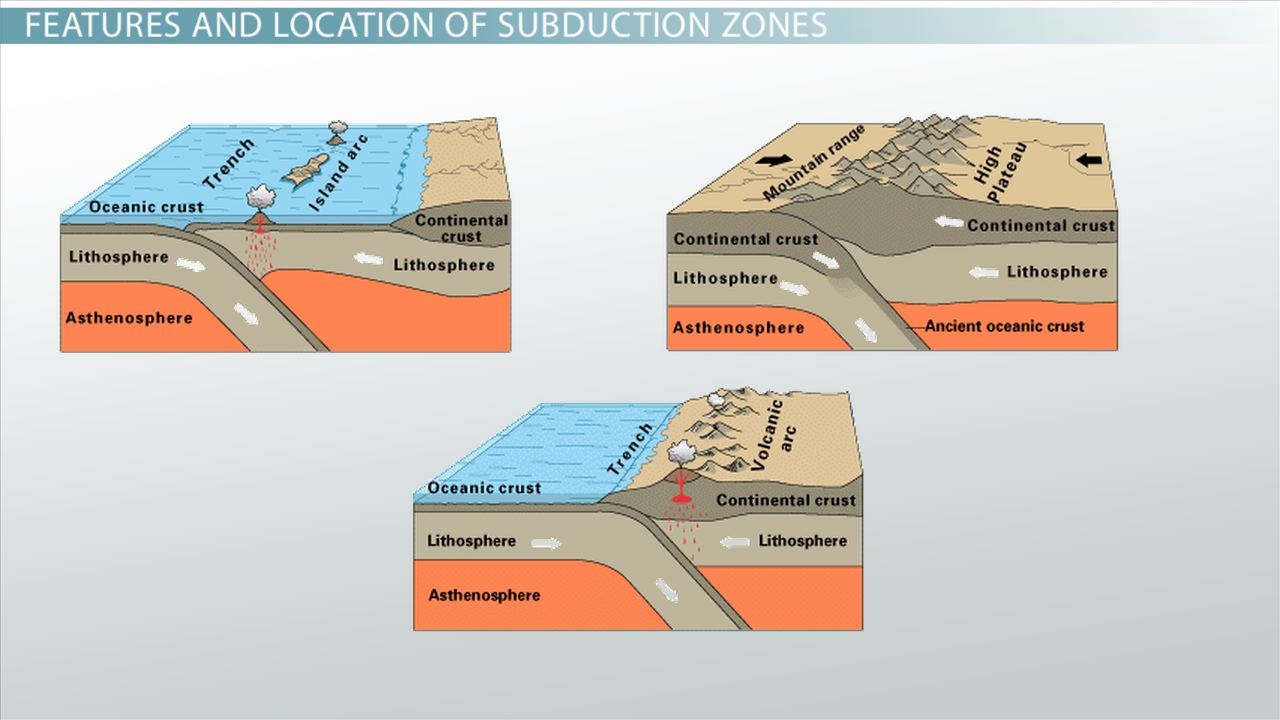In August 2015, I appointed Australia’s inaugural Ambassador to India on Education through the Department of Education and Training within the government of Australia. I was excited and honored about my new role and welcomed the demanding situations in advance. Since the appointment, I have visited India, traveling once more between June 19-20. This becomes a circulate to bolster Australia’s training ties with India and ensure that Australia continues to be visible as a fantastic education issue.
In the past few years, I have seen first-hand the essential position that education performs within the development of contemporary India. The function has allowed me to position again into that, dating through the all-important attention to studying and training. Australia has a world-magnificence training device, and the two countries have much to benefit from by sharing teachers, students, infrastructure, and first-class practices.
While we share a love of cricket — in reality, cricket is a vital part of who we are — we also have a deep dedication to expanding our training structures. Australia may be pleased with our university strength globally, with six Australian universities within the pinnacle hundred, around half of the global’s pinnacle 500, 5 out of 30 excellent student towns in the international, and 15 Nobel Prize laureates, all from a country of best 23 million humans. We also have a global-elegance vocational training gadget that is carefully linked to the industry’s wishes — a 2012 International Student Survey (ISS) states that 78 percent of graduates were employed about six months after completing their education.
READ MORE :
- Ten matters to check at the same time as buying a resale property
- Punjab authorities to give unfastened schooling to ladies till PhD
- Blumenthal plans ’emergency fitness care listening to’ for Monday
- Elara Technologies, REA Group, join fingers for assets listing
- Irrevocably Enchanting Quotes About the Beauty of Clouds
I would love to peer Indians maintain to take in opportunities in our system to similarly their careers through Australian schooling. I might also want to see many extra Australian task studies in India. That’s what this partnership must be approximate — every United States taking on the benefits and advantages the opposite offers. And it’s operating. The 2014 ISS found that over 88 percent of Indian students had been happy with their usual instructional revel in Australia, above the common of students from other countries.
Australia is a very welcoming us of a. It is an enormously multicultural society where human beings of all backgrounds are valued. In the 2014 ISS, Indian college students also spoke very positively about feeling safe and comfortable (ninety-two. Percent consistent), first-class accommodation (87 percent cent), and high-quality lectures (89.6 percent).

During my previous few visits to India, I have visited faculties, better schooling institutions, and ability carriers. I’ve realized that India and Australia want a schooling system that applies to the challenges and opportunities of the twenty-first century — a machine bendy enough to embody new technology, new thoughts, and new ways of studying. We both need to strengthen our economies by developing possibilities resulting in jobs and boom. We both need to nurture and develop meaningful people-to-human beings relationships that expand our horizons and bring us closer collectively.
I am satisfied that both nations are diligently running collectively to obtain their dreams. Already, we’re sharing coaching and studying understanding between India and Australia. Under the New Colombo Plan, 1800 Australian students will pursue internships and quick programs in India. Beyond this, we’re turning in vocational and skills schooling to equip the personnel to fulfill the needs of the increasing economy. We see ourselves as a natural accomplice for India because it seeks to meet its challenges across the schooling sector, whether in faculties, higher or vocational education, or research.
Personally, training plays a completely critical function in my life. Both my mother and father had been teachers, so school and getting to know me have been a big part of my life from a very young age. I loved English and History and learning about our world’s distinctive international locations and cultures. I had a superb time at school and loved its social factors and the interplay with my peers and instructors. Coming from rural New South Wales in Australia, there had always been interesting schoolmates and instructors from diverse backgrounds who delivered the general academic experience.
In addition, I have continually sought the stunning results of sports with schooling. During my final visit to India, I requested through a pupil what I could advise him and his friends who may additionally want to make a career in unconventional fields, along with cricket. At the same time, their families may anticipate them to take a look at more traditional jobs, like law or engineering. I instructed the scholar that he should go for it as long as he’s careful and methodical about how he procedures cricket. It is by no means smooth to juggle tertiary education with pursuing lifestyles as an expert cricketer or sportsperson — but it’s miles certainly viable, and universities in each country at the moment are very accommodating in helping students preserve their research and combine their ranges with their wearing pastimes — truly a lot greater flexible than about 20 years in the past.
Even if someone has to place their diploma on hold for a period to read this, furnished the incentive stays, they can always come back to finish their studies at a later, more suitable time. It has often been said that the two endeavors, learning and game, sharecommon characteristics like dedication, motivation, and willpower — I very much bmuchve that. I am delighted to be returned at paintings here. To add, I love the whole lot of Indian. This is a country I tour regularly — even after I retire from cricket.

